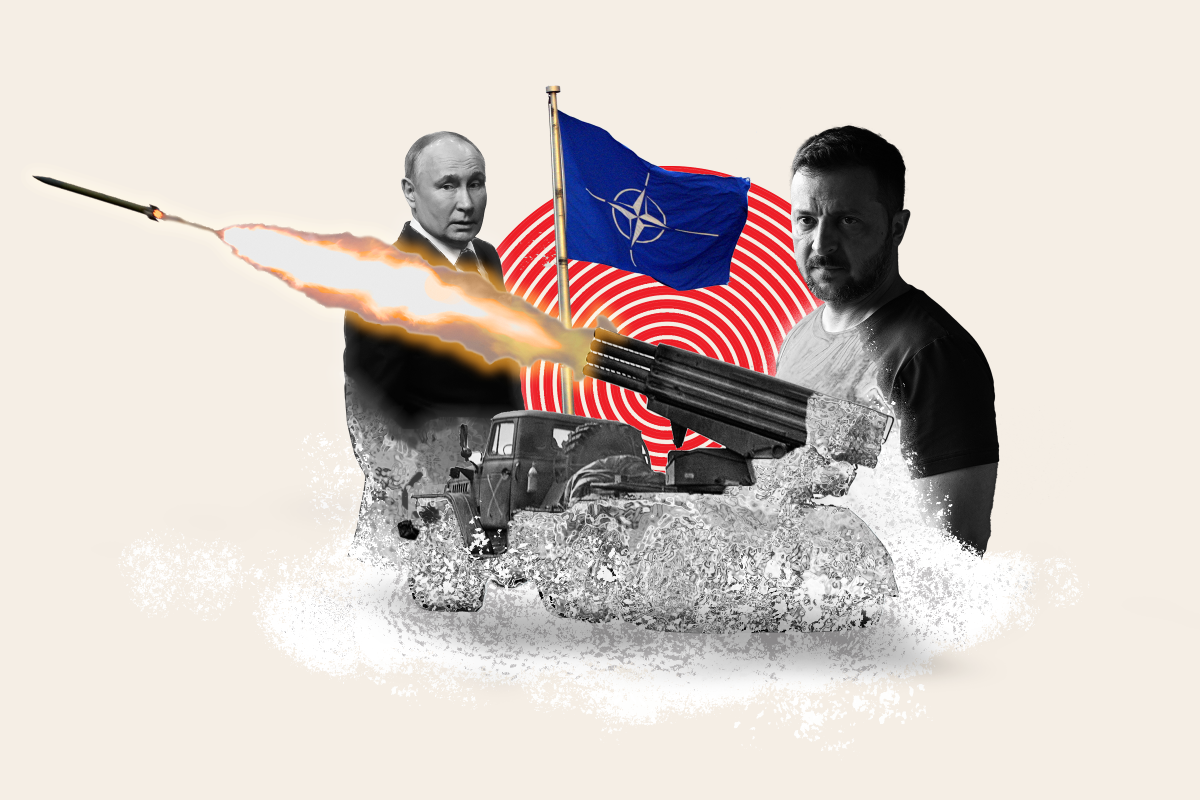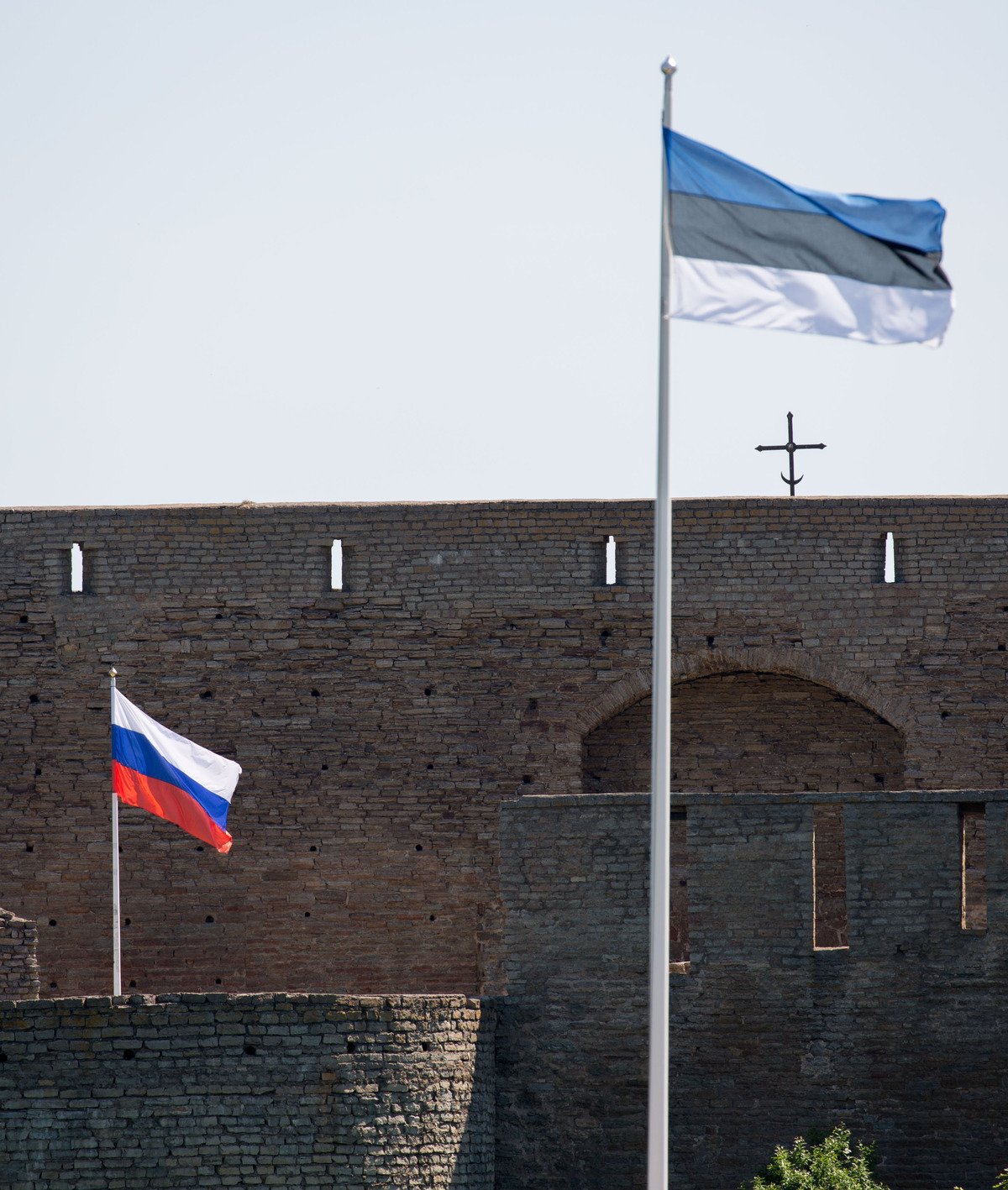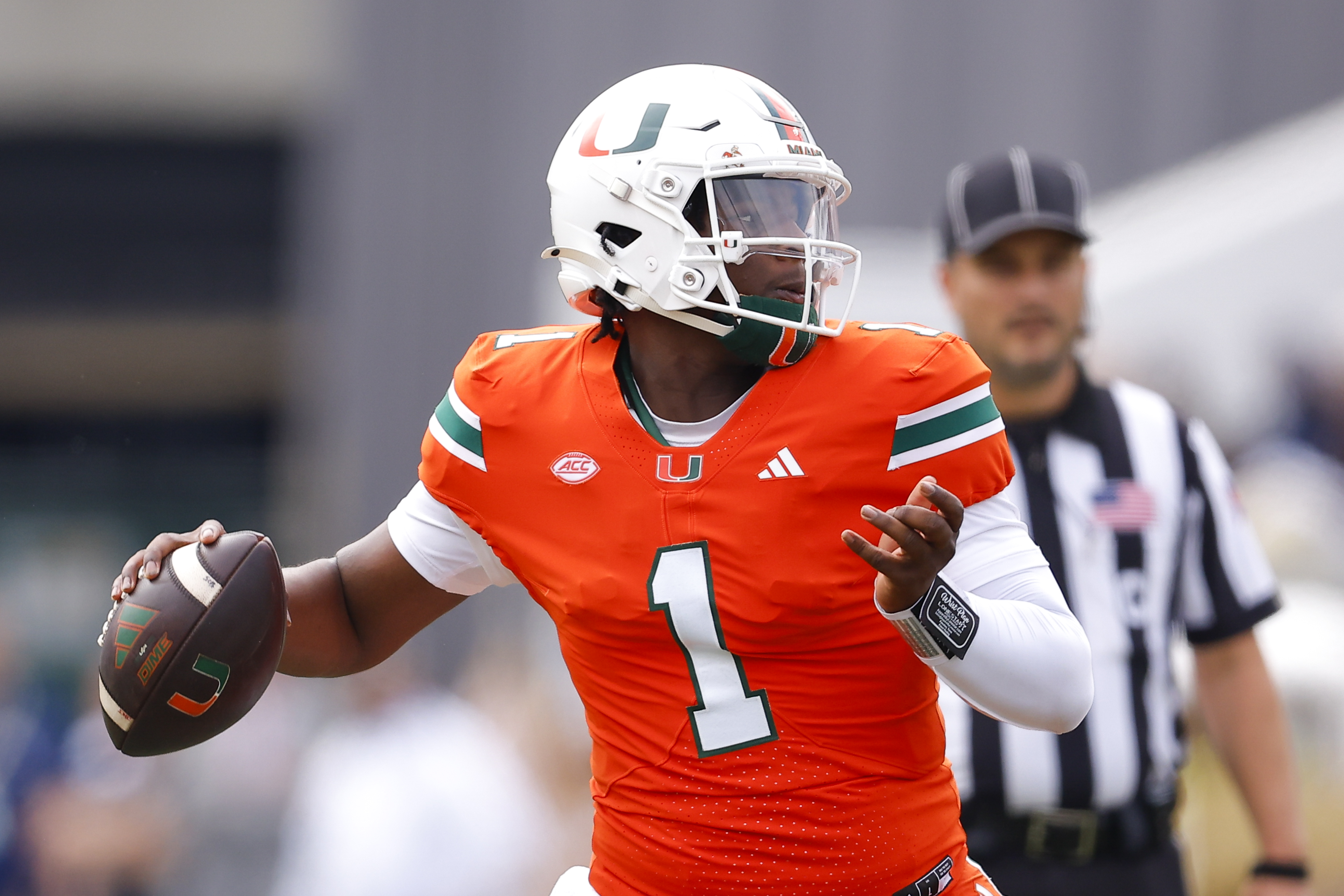With rumors swirling of a peace deal that could pause the war in Ukraine, NATO's European nations bordering Russia are concerned President Vladimir Putin could use an agreement brokered by incoming leader Donald Trump to his advantage.
If the fighting stops and Russian soldiers currently bogged down in eastern Ukraine are no longer needed there, "hundreds of thousands of troops" will be available for Putin to use elsewhere, Estonia's Defense Minister Hanno Pevkur told Newsweek on the sidelines of the IISS Prague Defence Summit in the Czech Republic.
The concern for Pevkur is that these troops could end up across the border from his country and other neighboring states in NATO's eastern flank.
"A ceasefire right now would leave Russia in a strong position to take the opportunity to rebuild its forces and either launch a renewed assault on Ukraine at some point in the future, or free up said forces to return to Russia's borders with NATO," said William Freer, a research fellow in national security with the U.K.-based Council on Geostrategy think tank.
"Countries along NATO's eastern flank have been some of Ukraine's most ardent supporters," Freer told Newsweek. "A Russia no longer embroiled in the quagmire of a high-intensity conflict could be tempted to focus efforts on intimidation or disruption at and within NATO's eastern flank members."
Once President-elect Trump steps back into the Oval Office, he may push for a ceasefire to the grueling, two-and-a-half-year war in Ukraine. He has said he could end the war in a day, but has not provided a road map of how he would do so. The Republican is yet to decide how to get Ukrainian President Volodymyr Zelensky and Putin sat around the same negotiating table, the Wall Street Journal reported earlier this month.
One idea floated among officials in Trump's camp could see Ukraine pledging not to join NATO for at least 20 years, while Washington continues funneling weapons into the country to dissuade Russia from launching fresh attacks, the WSJ reported, citing three people close to the president-elect.

The conflict would become frozen, with Russia keeping a grip on roughly a fifth of Ukraine. A demilitarized zone would mark Kyiv's and Moscow's control down the current front lines and along the international border between the two countries, likely policed by European forces. Czech President Petr Pavel on Friday gave a similar public assessment.
This would go against what Zelensky has outlined to Ukrainian lawmakers and world leaders in his "victory plan" in recent months. That strategy hinged on Ukraine's accession to NATO, not ceding territory to Moscow and swerving a frozen conflict.
Any kind of rushed resolution to the war "is going to be a loss for Ukraine," Zelensky remarked last week. European officials have also indicated a Trump-led deal with Putin would probably come at Ukraine's, and likely Europe's, expense. A ceasefire and the setting up of a demilitarized zone in eastern Ukraine and along the border with Russia would likely mean Moscow's army is no longer needed for casualty-heavy attacks on Ukrainian defenses.

But the Russian soldiers being paid thousands of dollars per month to fight in the war, Pevkur said, will not want to return to far-flung Russian regions to earn a fraction of this wage.
"So that means that [the] Russian army will have a lot of free force, which will be probably brought to our neighborhood," Pevkur said, "because this is the plan what [former Russian defense minister Sergei] Shoigu has signed."
In late 2022, Shoigu said the Kremlin would overhaul Russia's military structure while pumping up the number of service members over the next few years. Parts of the plan were to split Russia's Western Military District into two districts, Moscow and Leningrad, and to grow the size of the military.
When Finland joined NATO the following year, Putin said that reestablishing the Leningrad Military District was directly down to NATO increasing its presence on Russia's border. The U.S.-based think tank, the Institute for the Study of War, has said the Western Military District was "stretched" between focusing on the war in Ukraine and staying strong against NATO's Baltic borders.
Divvying up the former Western Military District and its responsibilities this way helps Russia "to adopt a more effective military posture" against NATO's Baltic and Scandinavian members, Nick Reynolds, research fellow in land warfare with the Royal United Services Institute (RUSI), a U.K.-based think tank.
Russia currently stations one division, its 76th Guards Air Assault Division, close to Estonia at its base in Pskov. Under new plans, Russia would triple the number of soldiers near the NATO border with the Baltic country, Pevkur said.
"Obviously we will see more equipment, more troops in our neighborhood," Pevkur said. "That means that risk will be much higher, because the early warning time will be reduced to basically minimum."
Therefore, Pevkur added, the "deterrence message has to be so strong that Russia never even thinks [of] attacking NATO."
Newsweek has contacted Russia's foreign ministry by email for comment.
Is NATO prepared?
Although Russia has pulled much of its land power away from the Baltics' borders to back up their troops in Ukraine, NATO is very much aware of Russia's public statements on reinvesting in, and restructuring, its forces close to the eastern flank, said Lieutenant General Jürgen-Joachim von Sandrart, the head of NATO's Multinational Corps Northeast based in northwest Poland. He is tasked with overseeing the alliance's presence in the Baltics.
Russia sees the Baltic Sea region as a "significant priority," von Sandrart told Newsweek in Prague.
Moscow doesn't just have land forces close to the Baltics, but capabilities across all domains, too, such as systems that would prevent NATO forces from gaining access to what is known as the area of responsibility, which for the Multinational Corps Northeast is Estonia, Latvia, Lithuania and northern Poland.

Russia would use these other capabilities operating effectively in its Kaliningrad exclave, wedged between NATO members Lithuania and Poland.
It bases its Baltic Sea Fleet in Kaliningrad, surrounded by NATO members lining what has been popularly referred to as the "NATO lake." Although the Black Sea Fleet close to Ukraine's coastline has taken a hammering since February 2022, the rest of Russia's formidable navy has been overwhelmingly unscathed.
"The Baltic Sea Fleet is almost uncommitted in the war," said von Sandrart. "The capabilities in Kaliningrad Oblast, they are still pretty relevant," he added, saying: "In the view of Moscow, Kaliningrad is an isolated nucleus surrounded by NATO."
"There are multiple options for Russia to test the cohesion of the alliance," according to the general, who will soon hand over leadership of the multinational corps in the region.
Moscow could opt for upping its hybrid warfare and other tactics in the "gray zone," he said. This term refers to a range of activities stopping short of open fighting, like cyberattacks and information campaigns.
The Kremlin could also try "limited land grabs," von Sandrart said. But NATO is "prepared for that," he stressed.
The Kremlin could use these troops to bite off a small chunk of NATO as a taste-test for how the alliance might respond, retired British Army brigadier Ben Barry, a senior fellow for land warfare with the International Institute for Strategic Studies, told Newsweek.
In the face of Russia's "powerful capacity" close to the Baltics, the alliance is ready to come up against the Kremlin's might, "but we need to significantly enhance our momentum to get even better ready," von Sandrart said.
Moscow is at once committed to fighting in Ukraine and to bolstering its strength near NATO territory, von Sandrart said. NATO must "race" to make sure that it builds up its power faster than Russia can recover from its bruising effort in Ukraine, he said, but the work to be done does not mean the alliance can't fend off Russia as it stands, he added.
"The more Russia recognizes that we are ready before they are, the more we can create deterrence and prevent the war," von Sandrart said.
Tallinn's foreign intelligence service said earlier this year that how successful Russia is in its sweeping reforms will hinge on the Ukraine war. "If Russia managed to implement the reform," the intelligence agency said in February, "NATO could face a Soviet-style mass army in the next decade."
The army would be "technologically inferior" to NATO forces in areas other than electronic warfare and long-range strikes, the service said, but its "military potential would be significant."
To fend off a possible Russian nonnuclear attack would need NATO's military and defense industries to be "significantly more prepared, capable and better-stocked with ammunition and materiel than they currently are," the report concluded.
With a ceasefire—which would put an end to the pace Ukraine is destroying Russian equipment—Russia could make use of a pause in fighting to "much more effectively rebuild its armored and mechanized forces in particular," said Freer.
Laurynas Kasčiūnas, Lithuania's defense minister, agrees. A frozen conflict is "a very bad scenario because Russia will reestablish itself in a few years," he said in Prague.
It will then "try to do something more, in Ukraine or even in NATO area," he said.
The Other Option?
There is another scenario. A huge number of both Ukrainian and Russian troops could stay relatively close to where they are currently deployed along the front lines where Moscow has been steadily gaining all year.
It's not clear how many troops Moscow and Ukraine would both keep in place. Russia may fear Ukraine would use a stop in fighting to later restart the effort on an improved footing if they feel forced into a ceasefire by the U.S., said Barry.
Russia, too, may want to keep a certain number of troops on hand, should they hope to restart the war and finish it off on their terms, Barry added.
There are huge questions with few answers around a possible Trump-brokered deal. It's not clear whether Kyiv could be forced into a deal it finds too unsavory, or even what a demilitarized zone would look like.
Polish Prime Minister Donald Tusk has said that decisions concerning the war "can neither be made over the heads of Ukrainians, nor over ours."
A spokesperson for Kyiv's foreign ministry said Ukraine was "grateful" for the Polish politician's comments, and Ukrainian officials should hold the power in deciding how to end the violence.
"The war is taking place on Ukrainian land, so it is Ukraine that will determine the parameters for a comprehensive, just and lasting peace," Heorhii Tykhyi said in remarks reported by Ukrainian media. The Times of London reported on Monday that Poland hoped to rope the U.K. into protecting Ukraine's interests in any Trump-brokered ceasefire.
"Nobody wants the conflict to escalate, and at the same time, nobody wants Ukraine to weaken or even capitulate," Tusk said.


















:quality(85):upscale()/2024/04/24/878/n/3019466/36c5693c662965c5d1ce91.72473705_.jpg)

 English (US) ·
English (US) ·